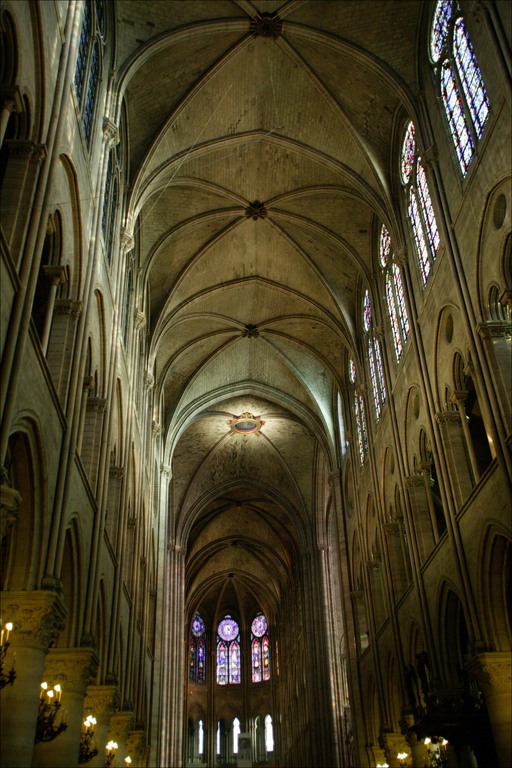Cathedral thinking

An architectural metaphor that seems to have some resonance in the business world is the concept of “cathedral thinking.” I first came across it in a commencement speech delivered by Jim Rogers, CEO of Duke Energy, when researching their corporate culture before engaging with their executives in a portfolio strategy and headquarters engagement. The concept showed up again recently in an interview with Alan Mullaly, CEO of Ford published in the New York Times.
Each were using the image in different ways. For Rogers, the concept was about the care and commitment of people who contributed to building the cathedral, a decades-long task, yet would never see its completion. For him, the concept and its implications on vision and strategy development seemed to be about the outcome, recognizing that in some matters the successful implementation of the strategy may not be measured until long after it authors have moved on. More specifically, Rogers was looking at the influences and impacts of energy on the environment and recognizing that climate change is not immediate and that policies and practices put in place today will have their influence decades from now.
Mullaly, seeming a bit wistful about his old role building cathedrals in the sky at Boeing, used the metaphor as a reference to scale, collaborative action, shared motivation and team performance. His reference to the image is more short-term, a lesson in articulating a vision that is larger a car as product as a means of inspiring a hgher level of performance from those involved in its making.
The higher the calling, the higher the compelling vision that you can articulate, then the more it pulls everybody in.
We have successfully brought consideration of a longer-range influence of design back into our practice. We developed tools for strategy design, design strategy, program development and performance management, and have incorporated sustainability considerations in every design decision we make.
Yet, i am not sure that the consideration of “those not yet born” is a sufficient part of the design process. Engaging most clients in conversation about measures beyond on-time and on-budget is still a very unusual project activity. Measuring the quality of design is most typically by design awards that consider the object and not its impacts. Reducing the energy and environmental impact of buildings seems to stop at certification; recently published studies suggest that the energy performance of buildings promised in their LEED applications is not successfully delivered in practice. And scenario planning, imagining alternative futures in the life and use of buildings, is never part of developing design strategy.
For those of us most closely aligned with the design of cathedrals, it seems that imaging what happens after we’re gone might be a good discipline to master.

Powered by ScribeFire.